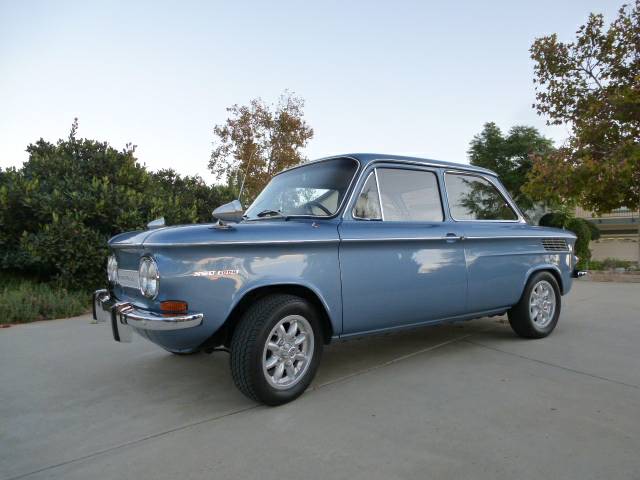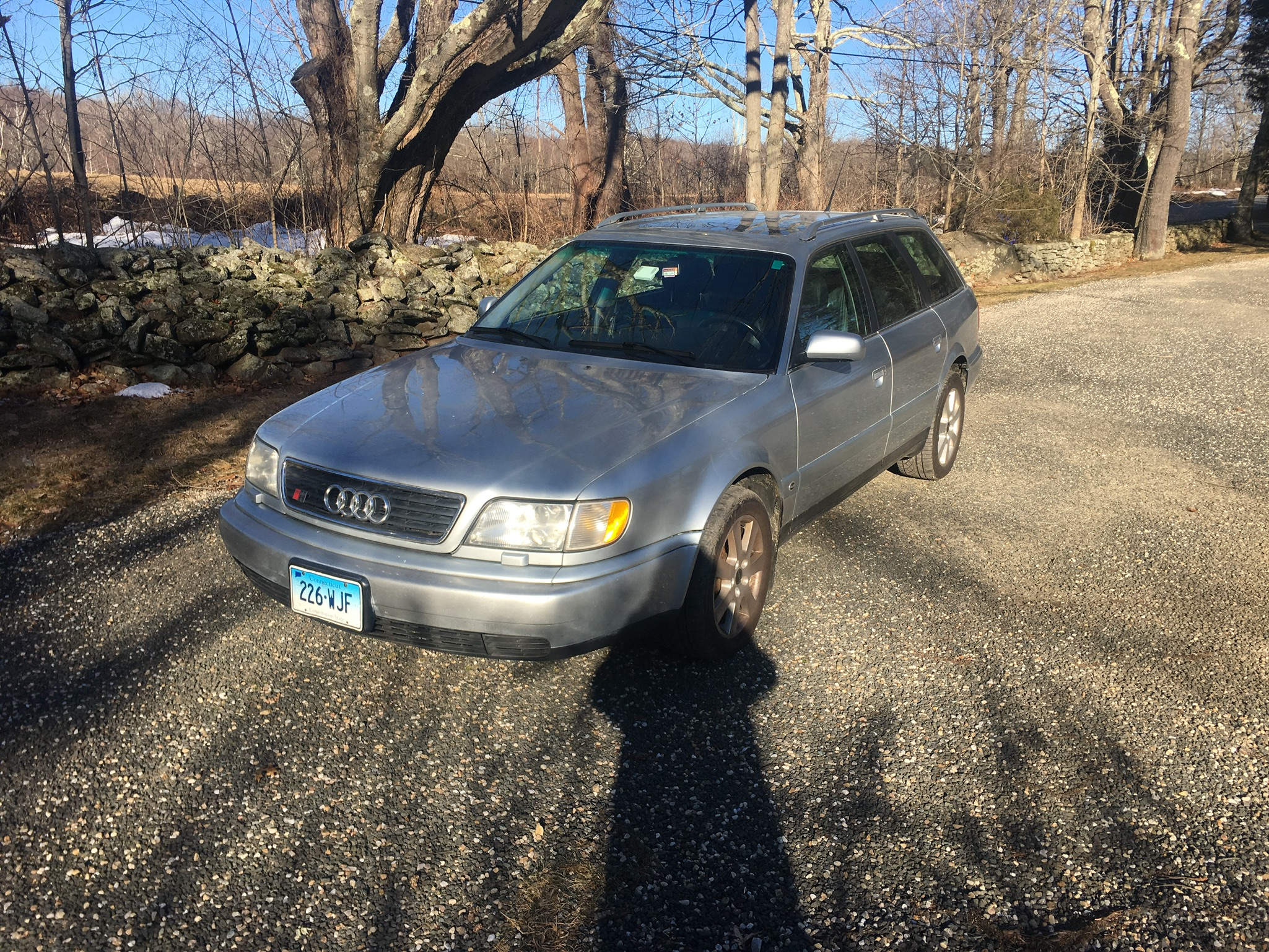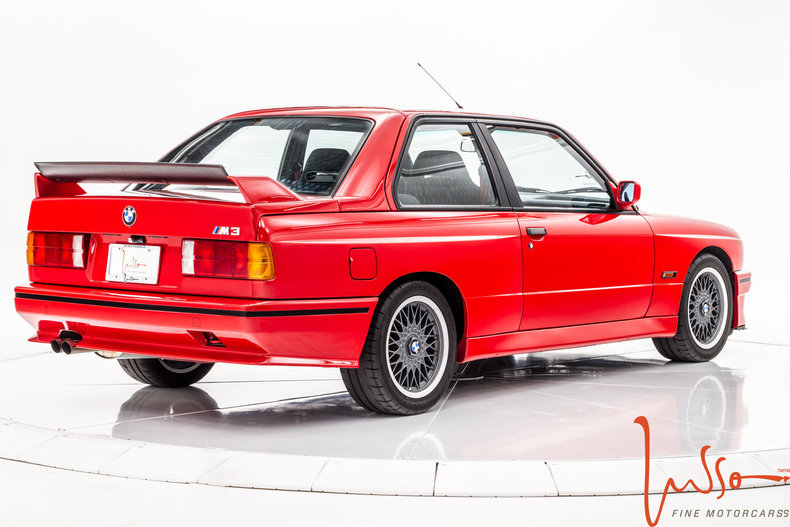Since the 1990s, the proliferation of each premium marque’s “special” brands has become dizzying, and for enthusiasts it seems as though they’ve continuously diluted the performance options in favor of profits. From S-Line to AMG to perhaps the biggest offender, BMW’s M division, companies are badge slapping-happy when it comes to sticking a bigger set of wheels, some special trim and maybe, if you’re lucky, a few extra ponies. And on the surface, this 335d would seem to fit that description perfectly. After all, how could you possibly compare the diesel to that sonorous M3’s S65 V8 that cranks out over 400 horsepower and 300 lb.ft of torque with a 8,400 RPM redline? Pull up to a redlight next to one in this 335d, and the snickering owner would undoubtedly be laughing at the ‘M-Sport’ option package you ticked off. Because you’d think there would be absolutely no way that diesel would produce equal power to the M3.
You’d be right. The M57 under the hood of the 335D doesn’t produce as much horsepower as the M3, at least not in stock form. But torque? It produces more. A lot more.
Starting at a leisurely 2,000 rpms, the twin turbochargers augmenting the inline-6 spool up to a mountain of power. In stock form, the 335d cranked out 428 lb.ft of torque. In fact, it’s so much torque that gets used on a regular basis that the first person I met who had one had already consumed a transfer case on his X-Drive model, and he’s not alone. Being a turbocharged model, it was also quite easy and possible to turn up the wick, such as has been done to today’s Feature Listing. The result? The seller claims 410 horsepower, 650 lb.ft of torque, and yet this classy 4-door can still return 35 mpg. Try that in a M3:







